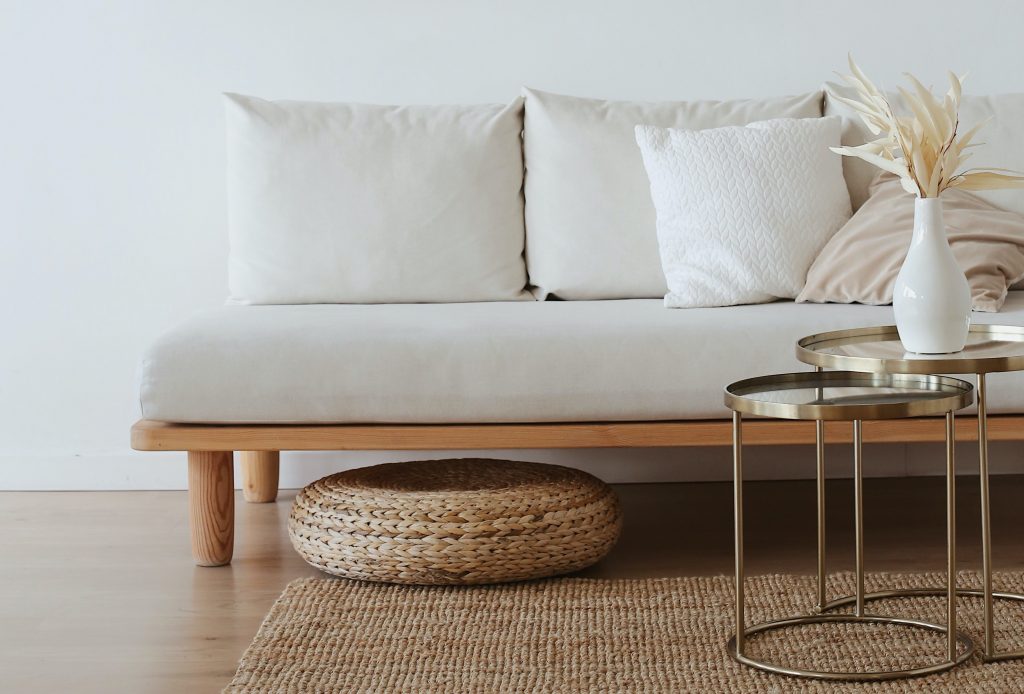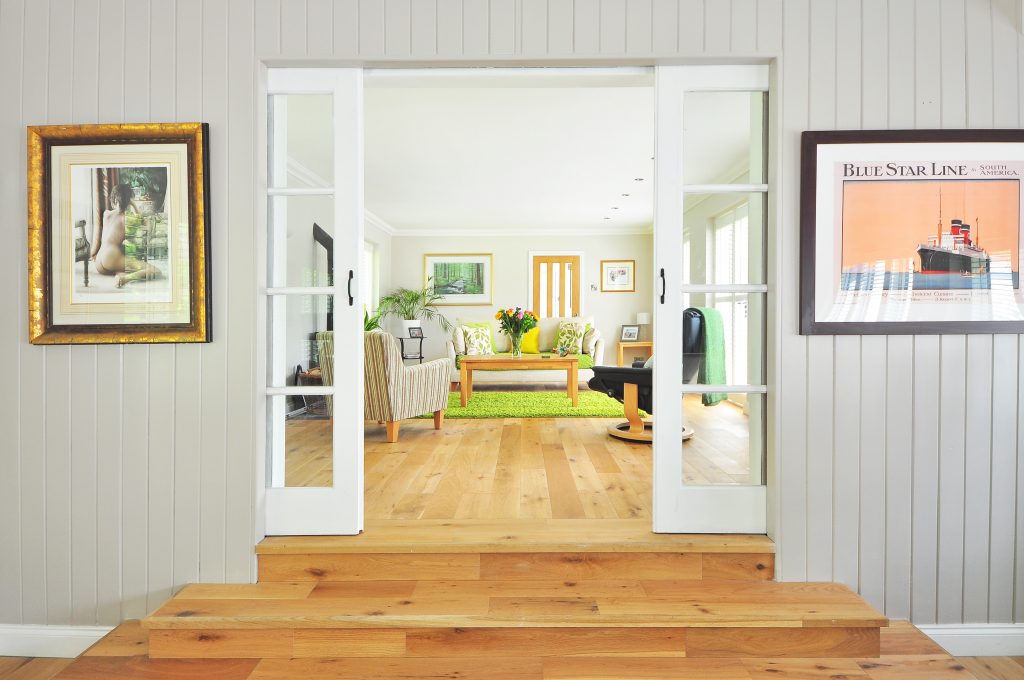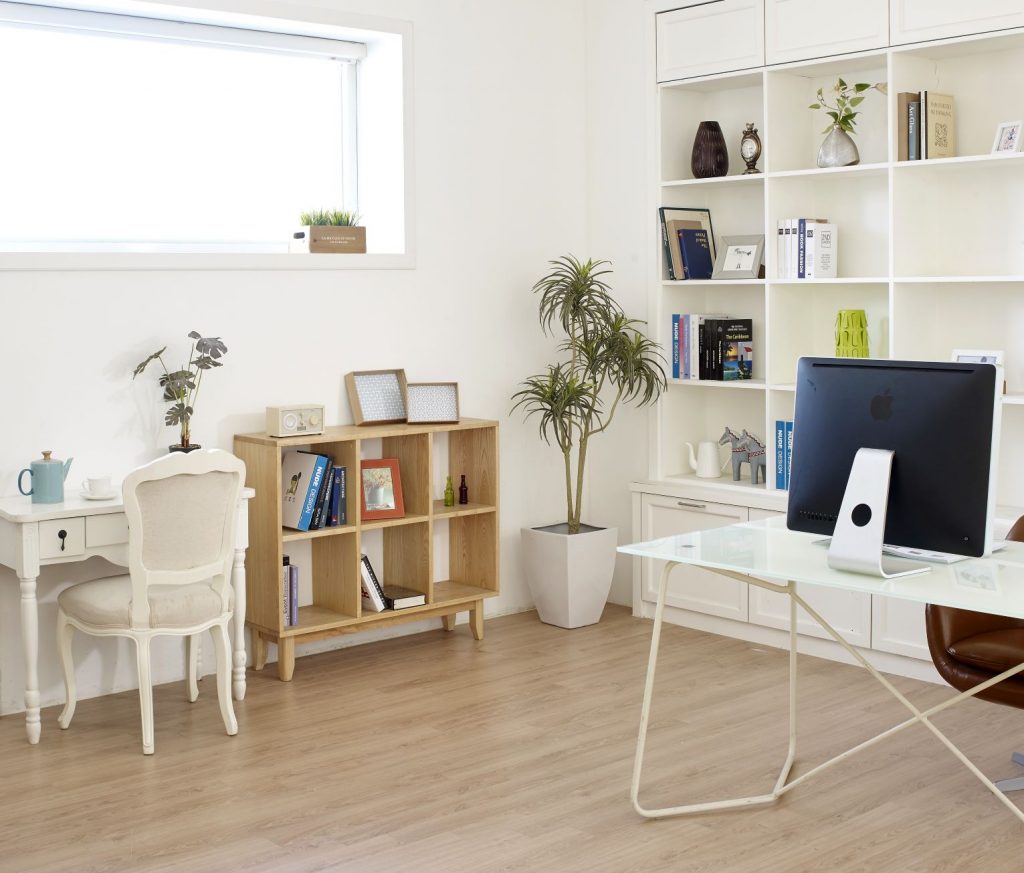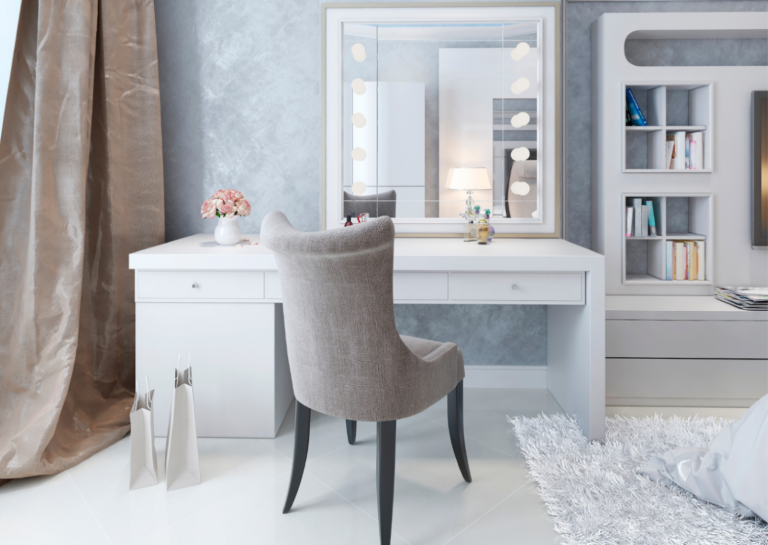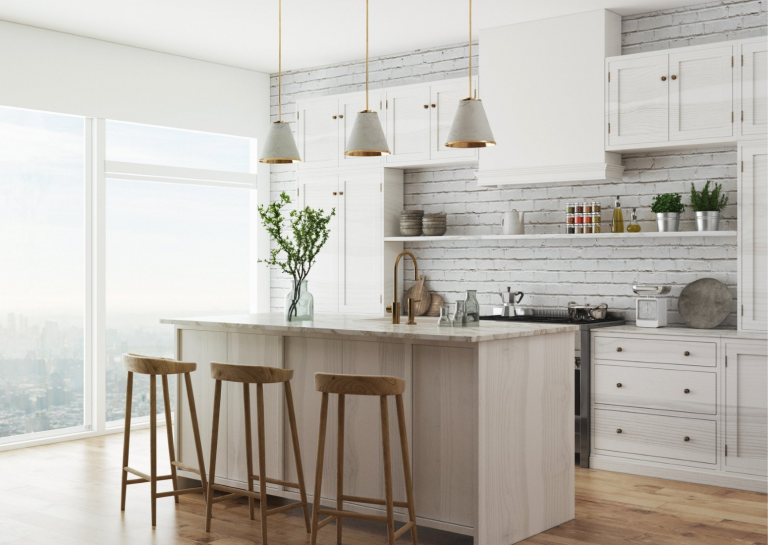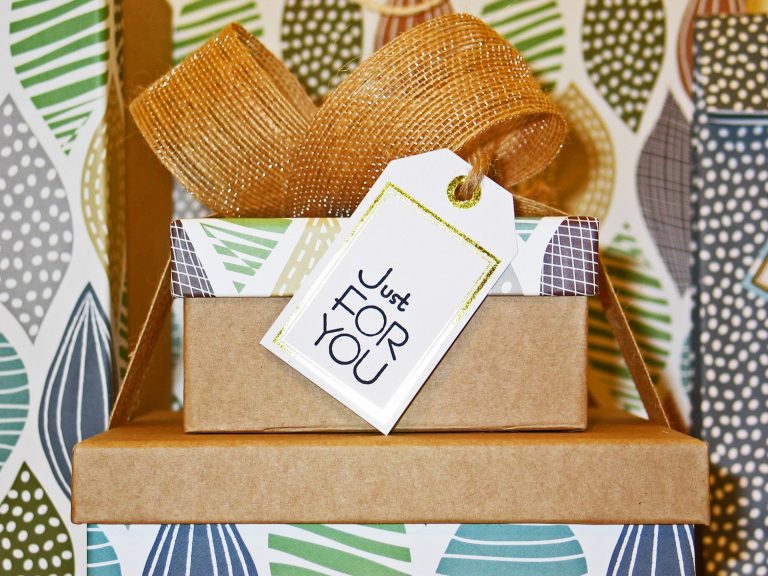Struggling to master the art of keeping your indoor plants alive? We don’t blame you. Not all of us are blessed with green fingers, so maintaining thriving house plants can be a challenging task. And, if one dies, we still take it very personally. We’ve made an easy list of the do’s and don’ts for keeping indoor plants alive. So that even the most reluctant grower can have the tropical plant paradise they’re looking for. It may seem as though the gardening gods are against you, but once your plants have found their happy place, you’ll be rewarded with lush, healthy house plants.
How to keep your indoor plants alive
Here’s to a happy home jungle!
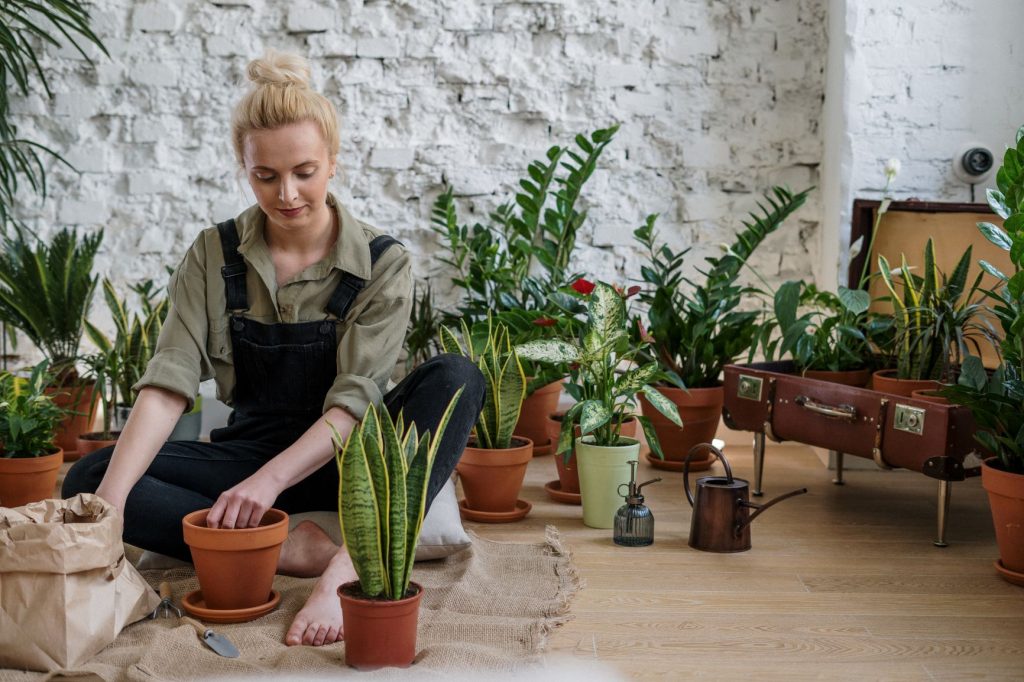
Don’t water too much
Is your indoor plant looking a little sad? Are there several drooping leaves, maybe a few leaves that are turning yellow? If the soil is moist, but the leaves are drooping, this could be because the plant is receiving too much water. When leaves start to turn yellow, it’s often as a result of fungus growing on the plant, which is also a result of over watering. The solution to this is simple. Obviously, it depends on the type of plant you have and what conditions they normally thrive in. But, a general rule is to wait until the top inch of soil is dry before watering again. Very few plants can manage daily watering.
ALSO SEE: Back To Nature: The Affordable Natural Materials Your Home Needs
Don’t water too little
As you can tell, it’s all about finding that happy medium. Like with the above, if your plant’s leaves start drooping, it could be because it’s not getting enough water. However, in this case, the soil will be dry as well. When the soil is too dry, the little water that you use to water your plant might not even be absorbed. Because the soil is so dry, the water passes through rather than being taken up by the roots. Leaving your plant as thirsty as it was before. The solution here is to saturate the soil with water, then leave it to dry out before watering again.
ALSO SEE: 10 Clever Ways To Bring A Touch Of Summer To Your Home
Do be aware of a room’s natural light
Before you buy indoor plants, think about where you want to put them. And what conditions that room naturally has. There will likely be the perfect house plant for any spot, you just need to do some research and find them. For a room that doesn’t get too much light, go for sturdy plants like zamioculcas zamiifolio (also known as the ZZ plant). It does well in low light and requires very little attention. Most indoor plants in South Africa, however, like quite a lot of natural, indirect light. Things like the bamboo palm, ficus and scarlet star will be happy in these conditions. If you have a north-facing room, all the better.
ALSO SEE: 6 Home Office Ideas To Create An Effective Work Space
Do check the draining system
This links back to the amount of water the plant needs. Because, depending on the drainage system, water will be absorbed or passed through the plant’s roots. Poor drainage could be what’s preventing you from keeping your house plants alive. A drainage system includes things like small stones, gravel, or when there’s a hole at the bottom of the pot. This prevents water collecting at the plant’s roots, and causing things like root rot. Make sure your plants have the right sort of drainage system for their needs, and don’t let water sit at the bottom of the pot. When you water, remember to empty whatever water is still in the pot before watering again.
ALSO SEE: 6 Budget-Friendly Ways To Spruce Up Your Kitchen
Don’t ignore the air
The air condition in a room is a crucial part of keeping indoor plants alive. And, depending on the seasons, the air conditions will change. If the air is too dry, plants could start to look withered and sad. If you live in a naturally dry climate, like South Africa’s highveld, go for house plants that prefer dry air. These are plants with more woody stems, as well as succulents and bulbs. If you’re on the coast, or in a more humid atmosphere, go for plants like a snake plant, philodendron or spider plant. Be aware that, in winter, the air will naturally become drier. You can also increase humidity in an area by grouping plants together.
We hope this has helped. And we hope your indoor plants will soon be healthy and thriving again. Greenery is a huge indoor design trend at the moment, so it’s worth taking a moment to think about which house plants you want, and creating an environment where they’ll be happy. We love an indoor jungle!

